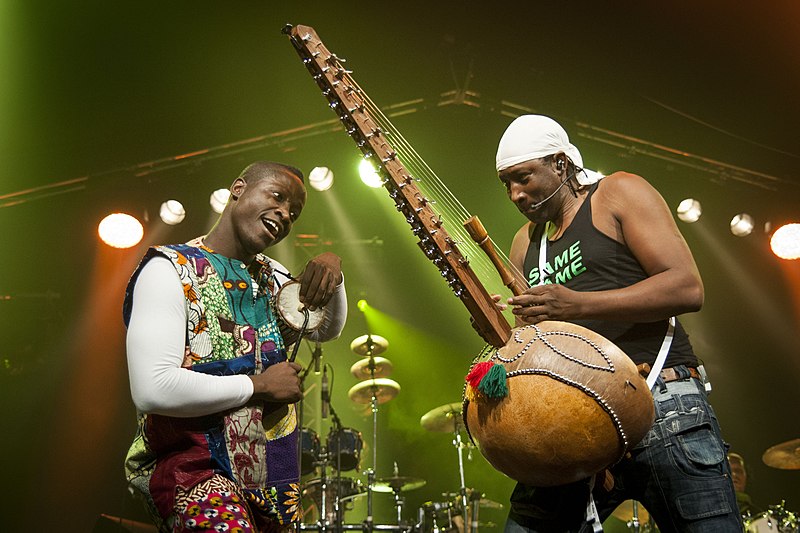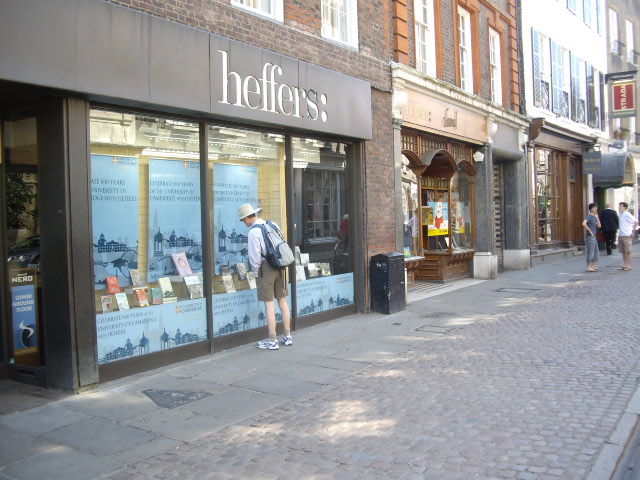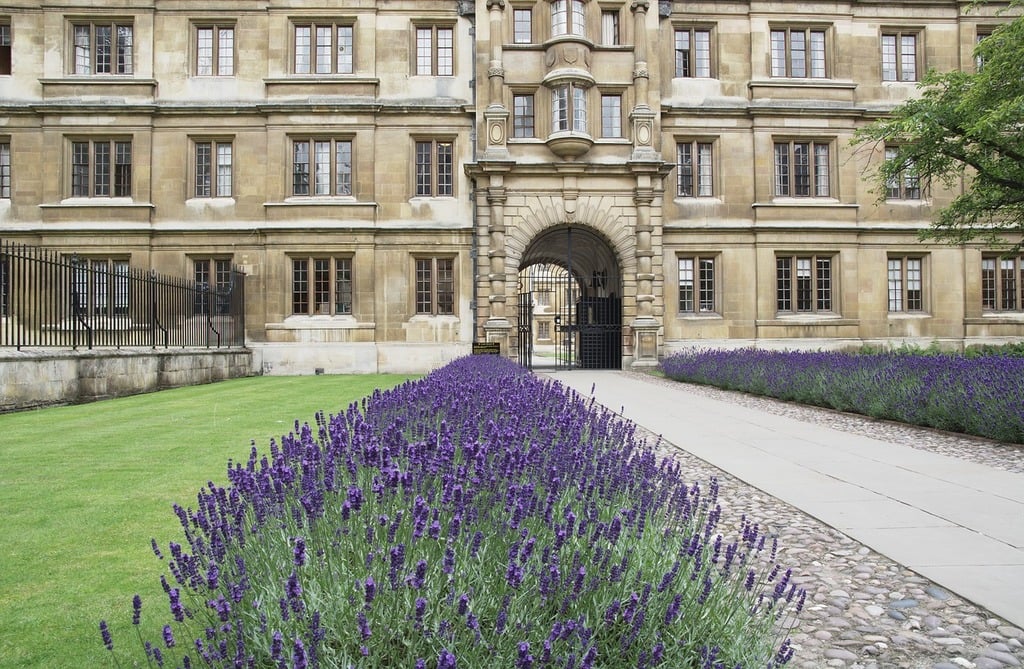The Cambridge Folk Festival has been held annually since 1965. Typically taking place over a weekend in late July or early August, the festival is hosted at Cherry Hinton Hall, a beautiful park just outside the city centre.
The festival attracts a diverse mix of established folk legends and up-and-coming talent from around the globe, covering a wide range of folk, roots, and acoustic music styles.
What to Expect at the Cambridge Folk Festival
The festival is renowned for its welcoming and laid-back atmosphere, making it a favorite for families and music lovers alike. Beyond the main stage performances, visitors can enjoy acoustic sessions, workshops, and singalongs, creating an interactive and immersive experience. There’s also a dedicated area for children’s activities, arts and crafts, and an eclectic mix of food stalls.
With a reputation for fostering a sense of community and promoting cultural exchange, the Cambridge Folk Festival offers not just incredible music but a memorable celebration of folk traditions and creativity.
Typical Activities
At the Cambridge Folk Festival, you can enjoy a wide variety of activities and music styles, making it a dynamic and immersive experience for all ages. Here are a few examples:
- Workshops: These include instrument workshops (like guitar, fiddle, and banjo) and singing workshops, where attendees can learn new skills or hone their musical talents.
- Dance Sessions: You can join in Ceilidh dances or folk-inspired group dances, often led by professional dancers.
- Children’s Area: A dedicated space for kids with activities like arts and crafts, storytelling, and puppet shows.
- Pop-up Acoustic Sessions: Intimate, impromptu performances around the festival grounds where musicians and audience members gather for more personal, acoustic sets.
Music Styles
These activities and music styles create a rich and vibrant atmosphere, appealing to both folk purists and those new to the genre:
- Traditional Folk: Performers play music deeply rooted in British and Irish folk traditions, featuring classic folk instruments like fiddles, banjos, and accordions.
- Contemporary Folk: Artists often blend modern genres like rock or pop with traditional folk, pushing boundaries and creating fresh sounds.
- Bluegrass and Americana: Featuring banjos, mandolins, and harmonies, these styles from the US bring a rootsy, raw energy to the festival.
- World Music: The festival also showcases global music traditions, from Celtic rhythms to African folk, giving the event a diverse and international flavour.
How to Get There
To get to the Cambridge Folk Festival at Cherry Hinton Hall, you can take a bus or cycle from Cambridge city centre, which is just a few miles away. If driving, use Cambridge’s Park & Ride services, as parking near the venue is limited. Shuttle buses may also be available during the festival.






















